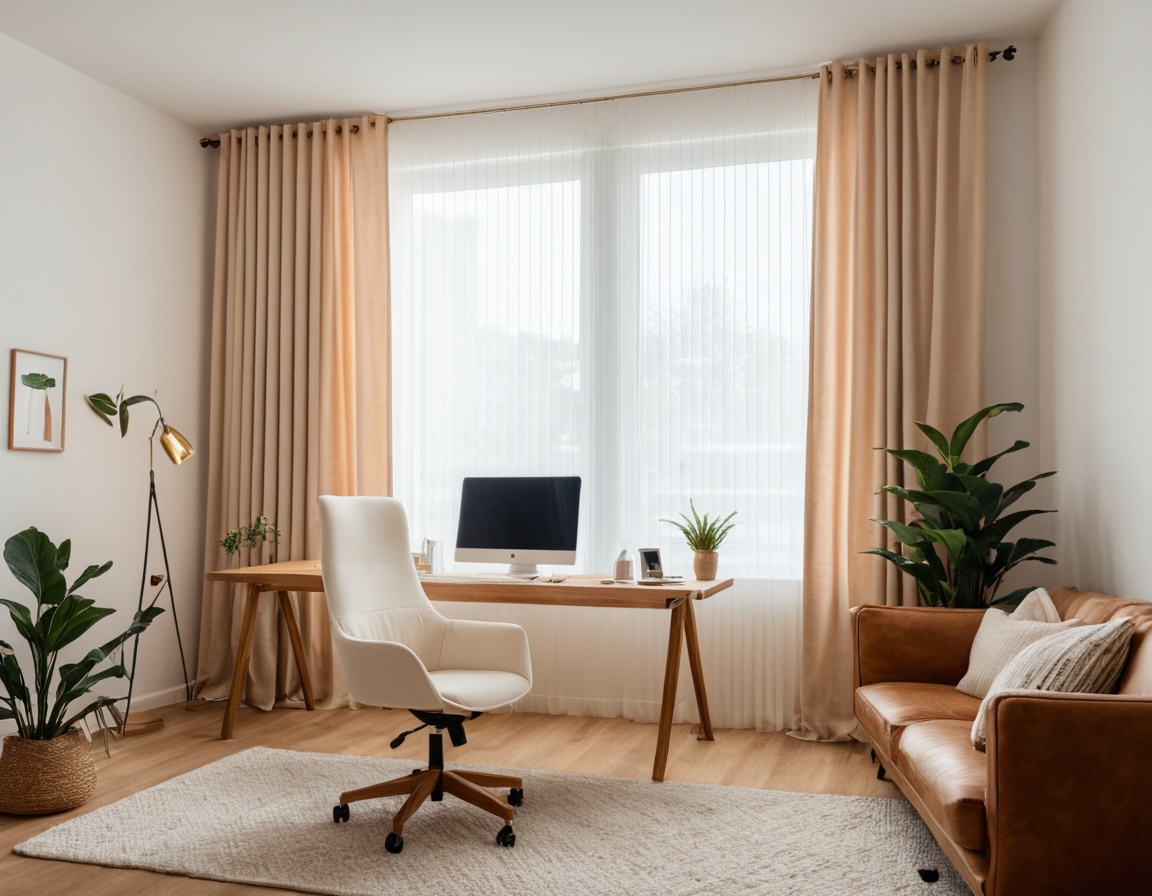Noise Reduction Tips

The Art of Noise Reduction: Effective Post-Processing Techniques for Low-Light Photography
Noise reduction is a critical step in post-processing low-light photography that can make or break the quality of an image. In this article, we will delve into the world of noise reduction techniques, exploring both theoretical and practical methods to achieve professional-grade results.
Understanding Noise in Photography
Before diving into noise reduction techniques, it’s essential to understand what noise is and its impact on images. Noise refers to the random fluctuations in pixel values that can occur in digital images, particularly in low-light conditions. This type of noise can manifest as grain, speckling, or other unwanted patterns that detract from the overall aesthetic of an image.
The Dangers of Over-Processing
It’s equally important to acknowledge the risks associated with over-processing images to remove noise. Aggressive noise reduction techniques can lead to an unnatural, “plastic” appearance that lacks depth and character. This is why it’s crucial to strike a balance between removing noise and preserving the integrity of the original image.
Theoretical Foundations
From a technical standpoint, noise reduction typically involves manipulating the frequency components of an image. However, this approach can be complex and may not always yield optimal results. A more effective approach involves using local contrast enhancement techniques that target specific areas of the image where noise is most prevalent.
Local Contrast Enhancement Techniques
One such technique involves using a combination of histogram equalization and adaptive thresholding to create a locally-adaptive contrast curve. This can help reduce noise in areas with high contrast while preserving details in regions with low contrast.
Another approach involves using a machine learning-based method that identifies and removes noise patterns in real-time. This technique has shown promising results in reducing noise while maintaining image fidelity.
Practical Techniques
Using Camera Raw or Lightroom
For those familiar with camera raw or lightroom, it’s worth noting that these applications offer built-in noise reduction tools that can be used to great effect. By utilizing these tools, photographers can achieve professional-grade results without needing extensive knowledge of the underlying technicalities.
However, for those looking to implement custom solutions, it’s essential to approach noise reduction with a critical eye. This means avoiding over-processing and focusing on subtle, nuanced adjustments that enhance the image rather than detract from it.
Conclusion
Noise reduction is an integral part of post-processing low-light photography that requires a deep understanding of both technical and artistic considerations. By striking a balance between removing noise and preserving the integrity of the original image, photographers can achieve professional-grade results that elevate their work to new heights.
So, how do you approach noise reduction in your own work? Share your experiences and techniques in the comments below, and let’s continue the conversation.
Tags
low-light-photography noise-reduction post-processing digital-image-quality speckle-removal
About Sarah Davis
Photography enthusiast & expert Sarah Davis helps creative photographers refine their craft through inspiring tutorials, innovative tools, and actionable tips on lentecreativa.com.
